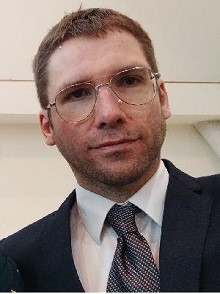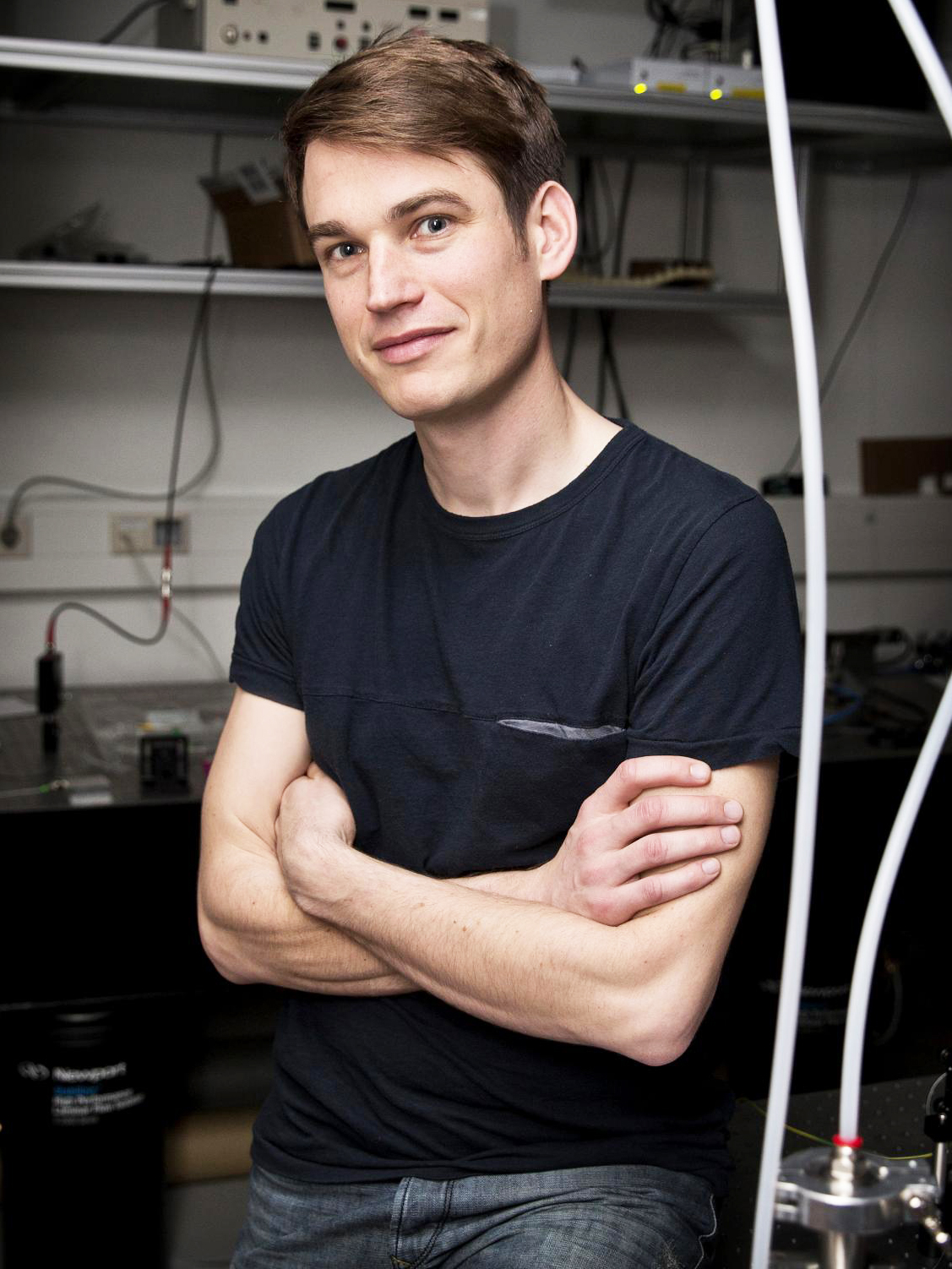ERC Consolidator grants for TU Delft researchers
The ERC has awarded a Consolidator Grant to Stan Brouns, Kristof Cools and Simon Gröblacher from TU Delft. With this support, they will be able to consolidate their teams and have farreaching impact. It was the first ERC Consolidator Grant application process that was conducted completely online.
Stan Brouns
-
Microbes are engaged in an evolutionary arms-race with their viruses and have evolved a spectrum of adaptive and innate defense systems to limit viral predation. Mechanistic insights into defense systems have yielded truly revolutionary genetic tools such as CRISPR-based genome editing nucleases for which the Nobel prize of Chemistry was awarded in 2020. Despite the ongoing effort to understand defense systems, many antiviral defense systems remain virtually unstudied in and outside their native microbial context, creating huge potential for scientific breakthroughs and development of further game changing applications.
In the research funded by ERC, Stan Brouns aims to uncover how antiviral immune systems protect bacteria from bacterial viruses (bacteriophages) at the molecular and cellular level. He plans to use an interdisciplinary approach combining state-of-the-art molecular microbiology and biophysics at the single molecule and single cell level, with bioinformatics and high-throughput synthetic genomics screens. The project may lead to fundamentally new insights into the mechanism and evolution of virus immunity and will further explore the genetic treasure trove at the interface of virus and host interactions. The findings of the proposed research will have implications for controlling virus resistance, and will be vital to develop effective therapeutic strategies to treat antibiotic resistant pathogens based on bacteriophages.
https://www.brounslab.org/
Kristof Cools
-
Modelling almost entirely replaced prototyping as a design methodology. In electromagnetics and optics, it has played a central role in the rapid development of communication and imaging, with applications in medicine, security, and energy. New technological requirements have always been met by breakthroughs in modelling.
Advances in TeraHertz technology have driven researchers to consider systems that are highly non-linear and strongly radiating. Modelling these systems requires methods that are based on time-stepping, and that can accurately describe unbounded regions. These requirements can only be met by time-domain boundary element methods (TD-BEMs). The use of other methods such as the finite element method, the method of moments, or the finite difference time-domain method – if at all applicable – results in unacceptable computational costs, and large errors in dispersion and radiation characteristics.
Unfortunately, TD-BEMs are not nearly as mature as other methods. They lack the ability to model all but the simplest systems. Attempts to use TD-BEMs to model realistic devices containing multiple materials, ports, coatings, or two-dimensional materials like graphene lead to instabilities, rendering the result of simulations completely useless. This state of affairs has persisted for over 50 years but has become an urgent problem now.
BET3D will aggressively accelerate the development of the time-domain boundary element method into a method that can model highly non-linear, strongly radiating systems and that unlocks the capability to model emerging technologies in THz communications and imaging, and beyond.
As part of the benchmarking and validation for this project, Cools will model the generation of THz radiation by an array of graphene resonant tunnelling diode oscillators, including feeds, ports, packaging, and antenna structure. The results of BET3D will enable modelling of non-linear, radiating systems, also in acoustics, elastodynamics, and fluid dynamics.
Simon Gröblacher
-
Quantum physics has been at the very heart of understanding the inner workings of nature and has led to the beginning of a modern technological revolution. Over the past decades, more and more physical systems have been used in quantum experiments. Yet, despite their tantalizing theoretical potential, full and comprehensive quantum control over phonons, in particular of traveling acoustic waves, has remained an elusive goal. Simon Gröblacher, who has been at the forefront of realizing quantum states in resonant mechanical systems, will now investigate novel regimes and applications of quantum physics with quantum excitations of mechanical waves at the nanoscale.
For his ERC CoG, his aim is to be able to control acoustic phonons to the same level as we currently achieve in the manipulation of optical photons in quantum optics. This will allow his group to probe new physical phenomena, understand the decoherence mechanisms of quantum systems, and potentially create novel hybrid quantum devices.
About ERC Consolidator grants
ERC Consolidator grants are part of the EU’s current research and innovation programme, Horizon 2020, and worth in total €655 million. The ERC Consolidator Grants are awarded to outstanding researchers of any nationality and age, with at least seven and up to twelve years of experience after PhD, and a scientific track record showing great promise. Research must be conducted in a public or private research organisation located in one of the EU Member States or “Associated” Countries. The funding - up to €2 million per grant, plus in some cases an additional €1 million for start-up costs - is provided for up to five years and mostly covers the employment of researchers and other staff to consolidate the grantees' teams.


